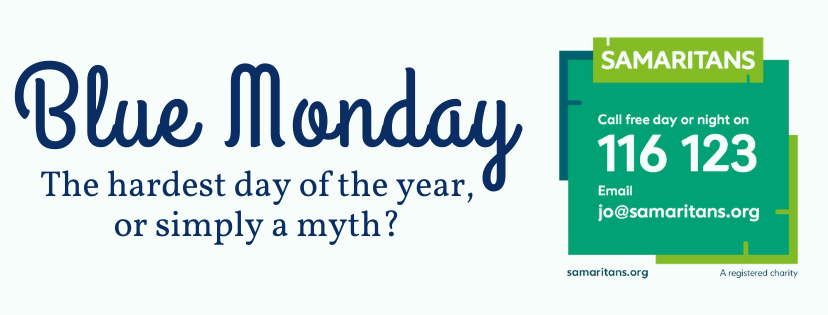Schizoaffective Disorder is when both psychotic and mood disorder symptoms are present at the same time or within a two week period of one another, within a single episode.
Schizo – Psychotic Symptoms
Affective – Mood Symptoms
Episodes can vary in length and the symptoms usually start as a young adult. It is also important to remember that there are different types of schizoaffective disorder, therefore everyone’s experience with the disorder will be different.
Types of Schizoaffective Disorder and Their Symptoms:
Manic – This is when the individual experiences psychotic and manic symptoms in one episode. Manic symptoms include the likes of feeling uncontrollably excited or enthusiastic about something and making plans that are quite unrealistic and showing risk-taking behaviours. Whereas psychotic symptoms include hallucinations and delusions.
Depressive – This is when the individual experiences both depressive and psychotic symptoms. Depressive symptoms include feeling sad and lonely, starting to sleep a lot more or less than usual, feeling as though they are unable to relate to other people and in some cases, they may experience suicidal thoughts.
Mixed – This is when the individual experiences all of the above symptoms, however, the psychotic symptoms are independent and are not related to bipolar disorder symptoms.
In general, the individual is likely to feel as though their thoughts are becoming increasingly disorientated, feeling frightened and/or confused, being angry and/or depressed, and feeling overly excited or elated.
Causes:
There is no definitive cause for schizoaffective disorder however there are some potential risk factors that may contribute towards its development.
It is believed that genetics can play a role in developing a schizoaffective disorder. You may be more at risk if your parents, siblings or grandparents have experienced depression, bipolar, schizophrenia or schizoaffective disorder.
It is also believed that environmental factors can contribute to the development of the disorder. For example, if you experienced trauma in your childhood you may be at higher risk, or if you are under high levels of stress.
Treatments:
There are various treatments available for each type of schizoaffective disorder. Most forms of treatment include antipsychotic medication to help decrease symptoms such as hallucinations and delusions. It is also common to be offered some form of talking therapy such as cognitive behavioural therapy to help process your thoughts.
If the individual has the manic type, they will be offered a combination of mood stabilisers and antipsychotic drugs.
If they have the depressive type they may be offered antidepressants such as SSRI’s.
The therapies available include cognitive behavioural therapy, family therapies, art therapies and group therapies; all of which are beneficial in their own way. Speaking to your GP will help determine which form of treatment will best suit your needs.
It is important to remember that taking medication for schizoaffective disorder is likely to be a lifelong occurrence and coming off of them can result in becoming ill – maybe not straight away, but once the drugs begin to fully leave your system (3-6 months).
Resources:
Royal College of Psychiatrists
National Alliance on Mental Health


